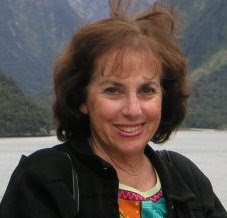Part
2 Ending the silence
According to author Nan Zastrow, a suicide survivor,
“Survivors need not be silent any more. What they long for is the reverberating
echo of acceptance, understanding and peace. When you allow a survivor to teach
you about the uniqueness of his or her grief, you may learn so much more about
the sanctity of life,” said Nan in a talk she gave at the TCF conference.
She says she spent three years hiding from her
grief, absorbing every bit of damaging pain, swallowing her hard-earned pride,
admitting her feelings of defeat, and finding excuses for what seemed
hard-to-believe before she learned she had the power to stop the silence.
Survivors want to speak and be heard. Survivors want to let others facing the
same tragedy know that they are not different—that loss of any kind still
hurts.
From Nan:
The silence ends when survivors are willing to
accept no-fault accountability.
The silence ends when survivors rise above society’s
judgment, which is often misdirected, misinterpreted and heightened.
The silence ends when survivors quit trying to
figure out “why” and accept that they may never know.
The silence ends when survivors realize their loved
ones’ choice was not meant to destroy them.
The silence stops when survivors are unafraid to
expose raw pain, disappointment and unpretentious conclusions.
The silence stops when survivors speak their loved
ones’ names and honor their loved ones’ lives.
The silence stops when survivors remember the
awesome memories and tell the unforgettable stories that bring comforting peace
to their souls.
The silence stops when survivors hold their heads
high and face adversity with determined pride.
The silence stops when survivors vow to coach other
survivors to work diligently through their losses, override the taboos and free
themselves from lingering grief.
The silence stops when survivors find peace in
knowing they and their loved ones will “meet again.”
The silence stops when survivors accept that God put
them in their loved ones’ lives to love, accept and believe in them
unconditionally.
The silence stops when survivors choose to
survive-and live beyond-the tragedies of life.
